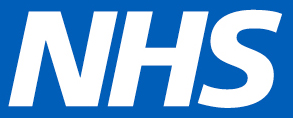Run charts are one of the most useful tools in quality improvement, because they are simple to make and relatively straightforward to interpret.
Improvement will take place over time. Determining if improvement has really happened requires observing patterns over time. Run charts are graphs of data over time and are one of the most important tools for assessing the effectiveness of change.
How to use run charts
Run charts are line graphs where a measure is plotted over time, often with a median (the middle value of those plotted so that half are above and half are below). Changes made to a process are also often marked on the graph so that they can be connected with the impact on the process.
Here’s an example:

Run charts are likely to be sufficient for many improvement projects but they are not as sensitive at detecting special cause variation as SPC charts.



